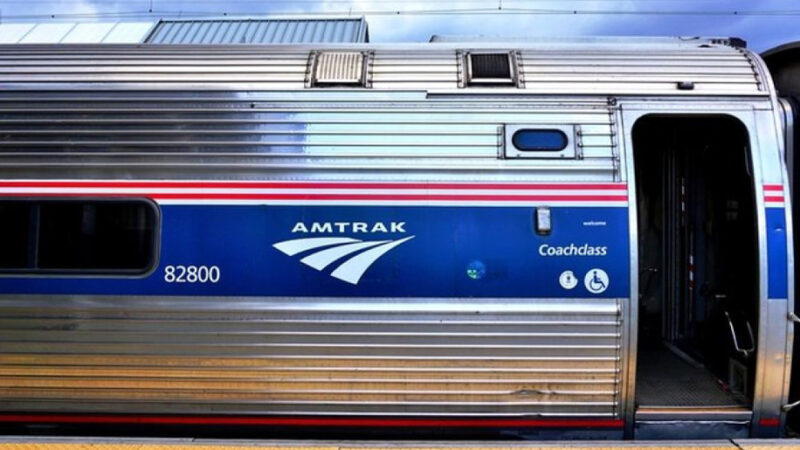Amtrak Invests $7.3 Billion in New Fleet
New equipment will run on the Northeast Corridor and other long-haul routes throughout the country
July 20, 2021


Amtrak has announced a $7.3 billion contract with California-based Siemens Mobility Inc. to manufacture a fleet of new equipment to operate on various routes across its network.
The new equipment will run on the Northeast Corridor, long distance Palmetto and various state-supported services throughout the country, replacing Amtrak-owned Amfleet, Metroliner, and state-owned equipment on certain routes.

The contract includes up to 83 multi-powered train sets that will be deployed on state and northeast services, with further options for up to 130 additional trains to support Amtrak growth plans. The $7.3 billion investment includes equipment purchase, plus a long-term parts supply and service agreement, facility modifications and upgrades.
“These new trains will reshape the future of rail travel by replacing our aging 40-to-50-year-old fleet with state-of-the-art, American-made equipment,” said Amtrak CEO Bill Flynn. “This investment is essential to preserving and growing our Northeast Regional and state-supported services and will allow our customers to travel comfortably and safely, while deeply reducing criteria pollutants.”
In addition to the Northeast Regional, other routes will include the Adirondack, Carolinian, Cascades, Downeaster, Empire Service, Ethan Allen Express, Keystone Service, Maple Leaf, New Haven/Springfield Service (Amtrak Hartford Line and Valley Flyer), Pennsylvanian, Vermonter and Virginia Services.
Planning Ahead
Following pandemic-related schedule reductions in 2020, Amtrak restored daily service for 12 long distance routes, including many of the routes for which the new equipment is destined. “Offering daily long distance service represents a vital step in our road to recovery,” Flynn said.
While no timetable has been announced for when the new trainsets will join the fleet, they are a significant part of Amtrak’s 15-year long range expansion plans for building new or improved rail corridors in over 25 states.
The new trains feature more comfortable seating, individual power outlets and USB ports, onboard WiFi, a more contemporary food service experience, including self-service options, digital seat reservation system and navigation display systems. With expanded capacity and the ability to shorten trip time, Amtrak expects the new equipment to add more than 1.5 million riders annually.
Using multi-power systems, including hybrid battery operation for a portion of the fleet used for New York’s Empire Service, these trains also provide a substantial environmental benefit compared to the existing fleet.
They include Amtrak’s new standard of enhanced accessibility features, including inductive hearing loops, accessible restrooms and vestibules, an accessible Food Service car, and lifts for customers with reduced mobility, including wheelchair users.




